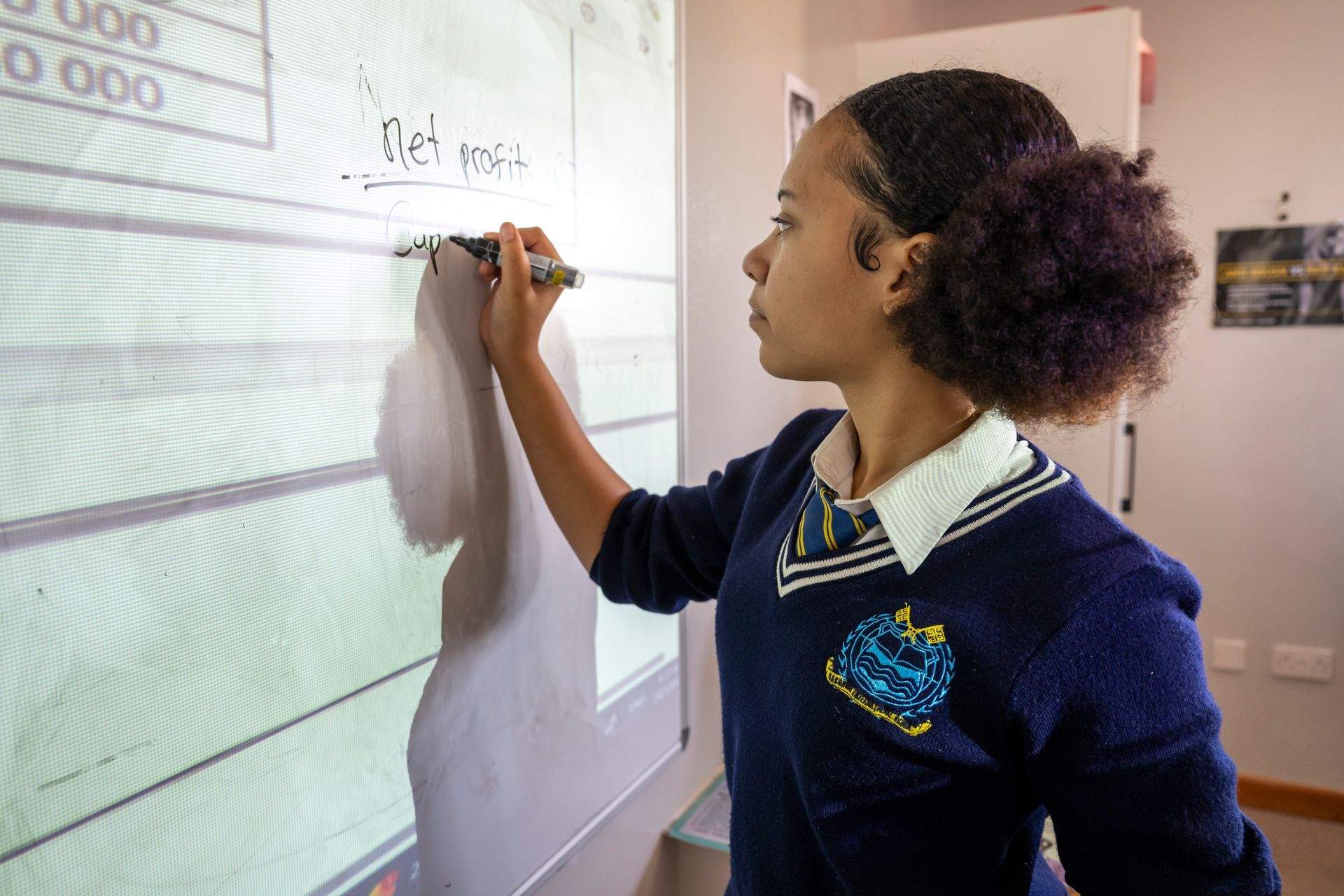How Inclusive Education Benefits All Learners
Inclusive education is an approach to education that ensures all learners, irrespective of the different variables that may be present, such as their physical, intellectual, social, emotional or linguistic differences, can learn together in the same classroom environment. The main goal of this approach is to provide educational equity. This means that all learners have access to quality education in a fair and supportive environment, so that they have an opportunity to develop to their fullest potential.
Over the years there has been a significant shift in educational paradigms. In the past, segregated learning environments were the norm. Today, inclusive models bring learners of all abilities together in one setting. This change isn’t just about accommodating students with special needs. It’s about transforming learning environments and changing the overall attitudes of the people around them to the benefit of every learner.
What are the academic benefits of inclusive education
Enhanced learning outcomes
Learners who are in inclusive classrooms experience a wide range of teaching methods and perspectives. Inclusive teaching strategies like collaborative learning, peer tutoring and flexible instruction are incorporated into these environments. They have shown to improve academic outcomes for all learners. Research has indicated that when educators use these methods, which are designed to support diverse needs, the performance of the entire class rises. It is critical that learners are stimulated and exposed to learning material in different ways so as to meet their varying needs.
Differentiation and personalised learning
Teachers who work in these environments are skilled in tailoring their instruction through differentiation. They adapt content, processes and assessments to meet the individual learning needs of each of their students. By doing this, a deeper understanding is encouraged and engagement is heightened. This raises the overall standard of education. The end result is that learners who are involved in these inclusive settings tend to do better (in critical thinking and problem solving) than their peers in more traditional classrooms. Group projects also foster teamwork and learners are exposed to different ways of thinking. This is invaluable later on in life when learners enter the working world.
Understanding the social and emotional advantages
Development of empathy and social skills
The social benefits of inclusive education are vast. Inclusive settings build tolerance, empathy, patience, and cooperation as learners are encouraged to interact with peers from different backgrounds and with various abilities. These skills are invaluable in life and play a major role in healthy social development. Emotional intelligence in early education sets the groundwork for well-rounded individuals that can contribute meaningfully to society. Inclusive education re-orients all learners towards the understanding that not everyone is like them-and that’s ok!
Reduction of stigma and stereotypes
Harmful stereotypes and the fear of the unfamiliar are reduced when learners are all together in inclusive classrooms. By learning alongside one another, learners accept diversity as normal, rather than abnormal. The impact of inclusivity in schools is that learners are more accepting of each other. This builds stronger communities and respect for others. It also fosters emotional intelligence and confidence in all learners.
What are the long-term societal benefits?
It creates inclusive societies
Inclusive education moulds societies that are more open-minded, tolerant and collaborative. Learners with backgrounds in these environments embrace diversity and reject discrimination. This outlook creates a ripple effect that benefits whole communities and society in general.
Has a positive economic impact
Economically, inclusive education paves the way for a more adaptable and skilled workforce. Learners who are involved in inclusive environments are more likely to pursue higher education and employment, and by so doing self-actualise. This assists in reducing dependency on social services and they can make a meaningful contribution to the economy.
Challenges and solutions in inclusive education
Addressing the challenges
When it comes to implementing inclusive education, there can be some obstacles to overcome. Schools can face issues like negative attitudes of staff, inadequate infrastructure, insufficient resources, limited teacher training and rigid curricula. If these problems aren’t addressed, the full implementation cannot be carried out.
Strategies for success
For models to be successful, collaborative teaching, individualised support, presence of itinerant team (resource persons), ongoing training and the involvement of the community must be emphasised. With proper planning as well as investment, the advantages of inclusive classrooms far outweigh any of the challenges.
Inclusive education is beneficial for all learners, not only the ones with special needs. It promotes higher academic achievement, emotional growth and social cohesion. At Gaborone International School, we strive for educational equity and aim to make inclusive practices the standard in our classrooms. Through continued advocacy and innovation, we strive to ensure that every learner thrives in their educational journey and goes on to succeed further in life.
FAQs
1. What are the key elements of an effective inclusive classroom?
Trained teachers, differentiated instruction, accessible materials and a culture of respect and collaboration.
2. How can parents support an inclusive education environment?
By advocating for inclusive policies, communicating openly with educators and encouraging empathy at home.
3. What role do peers play in an inclusive classroom?
Peers act as role models, collaborators and friends, fostering acceptance and social learning.
4. How can technology enhance inclusive education?
Assistive technologies and adaptive software can support diverse learning needs and increase accessibility.
5. What are some common misconceptions about inclusive education?
That it slows down learning or only benefits students with disabilities. The truth is that it raises outcomes for all.



